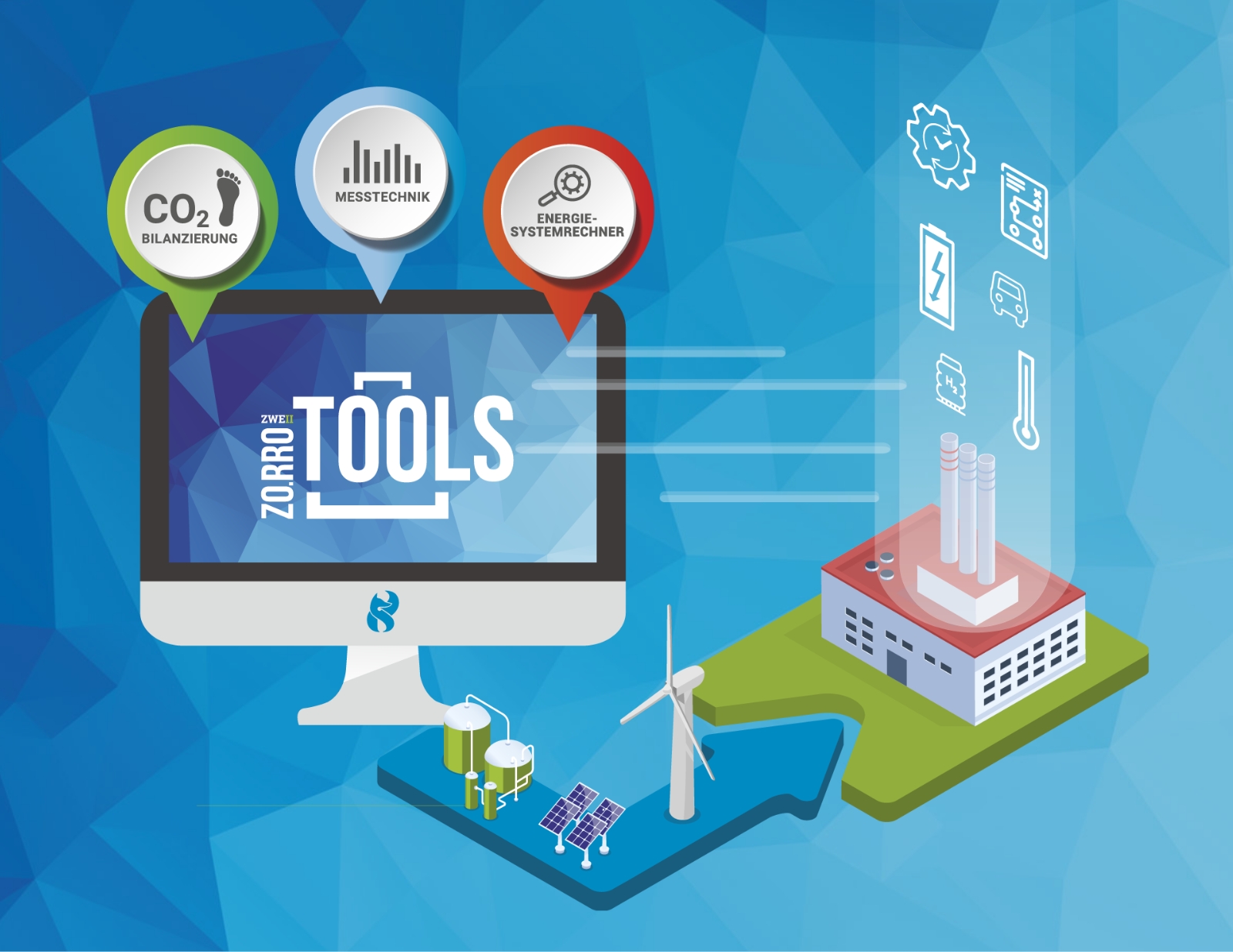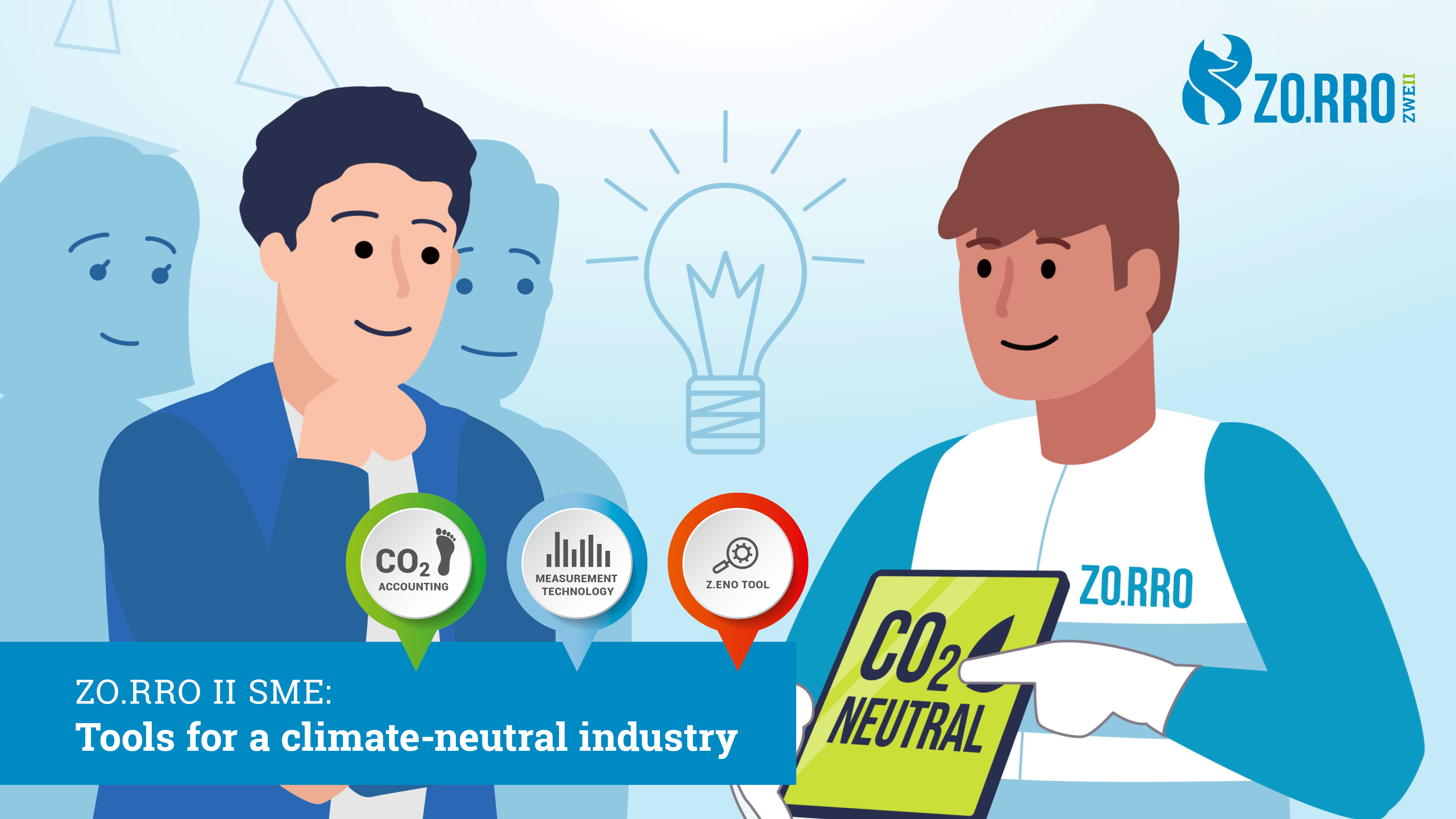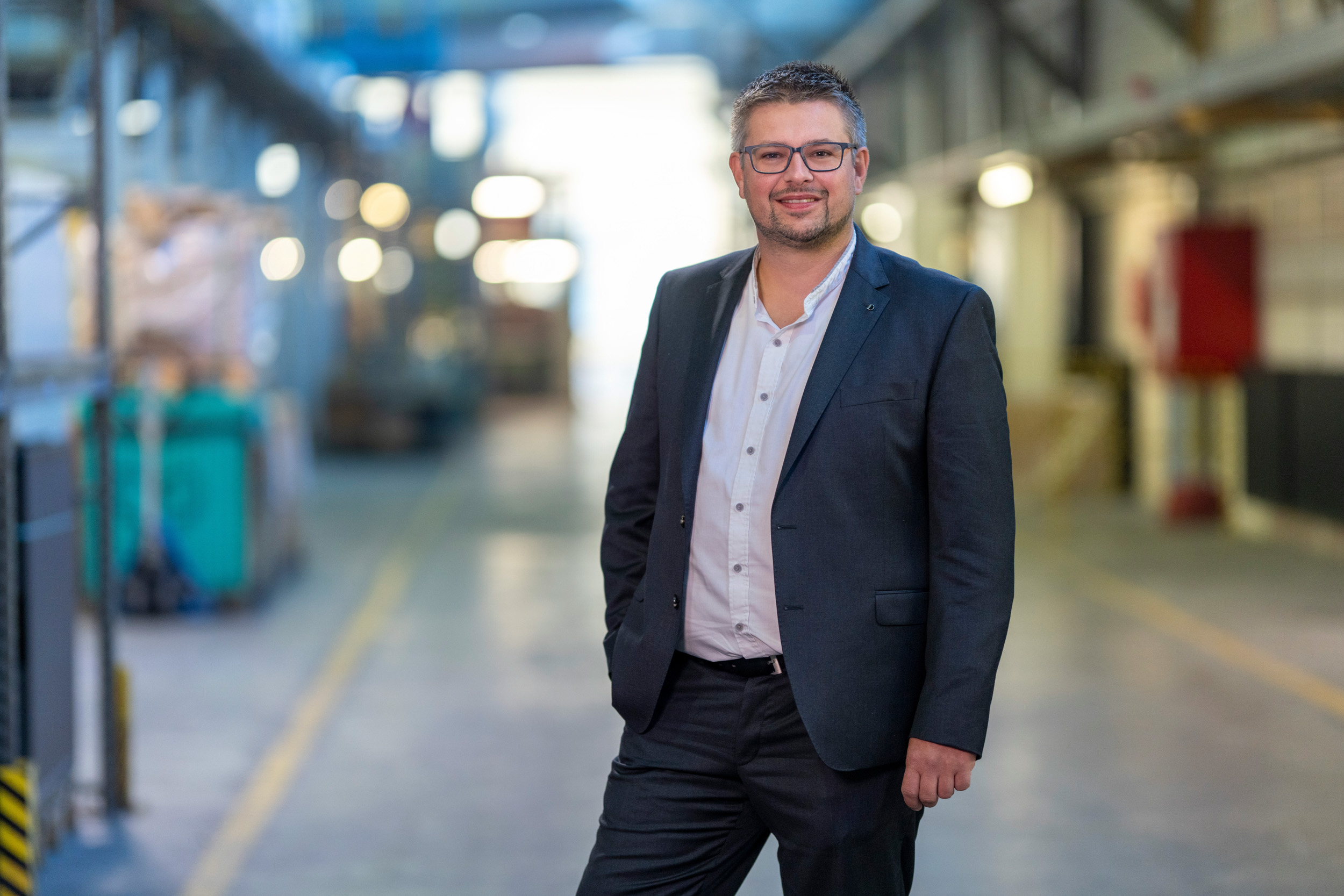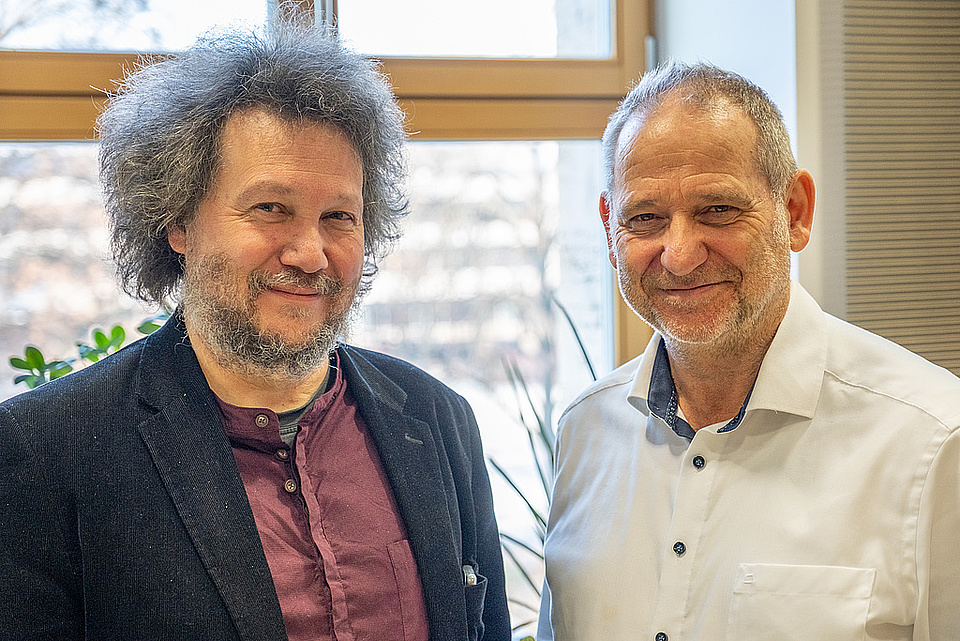Thuringian energy research project ZO.RRO II supports industrial companies in designing a climate-friendly energy supply
In order to optimize the use of energy resources and thus reduce CO2 emissions, a consortium of the Nordhausen University of Applied Sciences (HSN) and the Thuringian Renewable Energies Network (ThEEN) e.V. has come together in Thuringia. The initial results from the project, called ZO.RRO (Zero Carbon Cross Energy System), have made an impression, and one of the co-initiators – HSN’s Institute for Renewable Energy Technology – was awarded the Thuringian “Digital and Open-Source Award”. In the meantime, the first phase of concept development has been completed, and the project will be continued in Phase II with funding from the Thuringian Ministry for the Environment, Energy and Nature Conservation (TMUEN). We would like to discuss this in an interview with Ms. Jana Liebe, Managing Director of ThEEN, and Prof. Dr. Viktor Wesselak from HSN.
1. What is the objective of the ZO.RRO - Zero Carbon Cross Energy System?
Liebe: The objective of the current demonstration phase is to holistically optimize the energy supply of Thuringian industrial companies to prove their carbon footprint and to reduce it. In ZO.RRO II, we would like to continue the conceptual work with the participating small and medium-sized enterprises (SMEs) from Phase I. SMEs in particular usually do not have the human resources to implement projects on their own and benefit from the expertise of the ZO.RRO team, as well as the use of the ZO.RRO tools.
2. What is in the ZO.RRO Toolbox? How do you support the companies?
Wesselak: Fossil fuels are not only harmful to the climate, but they are also increasingly uneconomical. Especially in the current crisis, it is becoming apparent that the transformation of the energy system toward renewables cannot move fast enough. Nevertheless, hasty action is not very effective; well-founded and forward-looking decisions are needed for how the optimal interaction of different technologies should look at the respective location. ZO.RRO supports this process with the help of three tools that show suitable paths from the current situation to the target scenario.
Liebe: First, detailed measurements are taken to record energy consumption and emissions over time. In the process, we identify hidden savings potentials and the largest sources of CO2. This data is analyzed to provide evidence of the carbon footprint of processing and production, as well as the sustainable development of the company. ZO.RRO’s practice partners from different industries state that more and more customers in the B2B sector are also demanding such evidence and are grateful for these calculations. Common measurement technology is used and the CO2-balancing is carried out via the existing tool “ecocockpit”, which was developed by the Effizienz-Agentur NRW.
3. And for what did you receive the “Thuringian Digital and Open-Source Award”?
Wesselak: The third ZO.RRO tool, the energy system calculator, received an award. This open-source software was developed during the first phase of the project by the Energy System Modeling team at the Nordhausen University of Applied Sciences, which I lead. It enables the system calculation of transformation pathways and scenarios for a climate-neutral energy supply. Thuringia was used as an example to show how the goals of the Thuringian Climate Act can realistically be achieved using specific technologies. This energy system calculator can now also be used to calculate paths to climate neutrality for other German states, municipal utilities or companies.
4. Can you explain the energy system calculator in more detail?
Wesselak: In the ZO.RRO II state project, the open-source software is used as a third tool for the demonstrator companies to determine the economically and ecologically optimal climate-neutral energy supply. Similar to the case study of Thuringia, scenarios are developed step by step together with the companies according to their targets, which show how the energy demand can be met at any time. Suitable options, for example, are the use of (additional) photovoltaics in combination with energy storage, the use of heat pumps and electromobility. ZO.RRO additionally considers the possibility of demand side management in order to be able to react even better to future price fluctuations. This refers to an adjustment of energy consumption in which temporally independent production stages take place when sufficient low-cost, renewable energy is available.
Overall, the three ZO.RRO-Tools serve to decarbonize the energy supply of industrial companies
5. What role does the „open-source“-approach of the energy system calculator play?
Wesselak: Currently, the energy system calculator is already widely used for system modeling of energy systems and resulting calculations of optimal transformation paths for Thuringian communities, municipal utilities, and companies. In addition, application projects were carried out with Wago GmbH & Co. KG in Sondershausen as well as with the Stadtwerke Erfurt, while five ongoing projects are currently analyzing the entire region of Carinthia (Austria) among others. Further projects in the central German region, as well as national projects, are in preparation.
6. How will the project continue to develop – Who can use the methods from ZO.RRO?
Liebe: As ThEEN, we are developing a service to offer an energy system simulation to companies beyond the ZO.RRO practice partners. The experience gained from the research project will support the development of our methodological expertise and process optimization. Depending on how the project progresses, we may be able to start doing this in 2023. Nordhausen University of Applied Sciences will continue to carry out these calculations, but will focus on more complex and scientifically relevant investigations.
7. In Phase II, which is starting now, you will implement various demonstrators with practice partners by 2024. What effects are you hoping for?
Wesselak: Of course, the aim is to generate lighthouse projects in Thuringia with national and international appeal. We are creating important foundations and want to encourage entrepreneurs elsewhere to realize that they can do it: This is how it works – SMEs can be climate-neutral!
I would like to thank you very much for the interview in which you explained our project and the associated effects of sustainable energy use.
The interview was conducted by Maria Siegl (Project Manager Communication, ThEEN e.V.)
Information about the interviewees:
About Jana Liebe
Managing Director of the Thuringian Renewable Energies Network (ThEEN) e.V., Head of ZO.RRO Communications Office
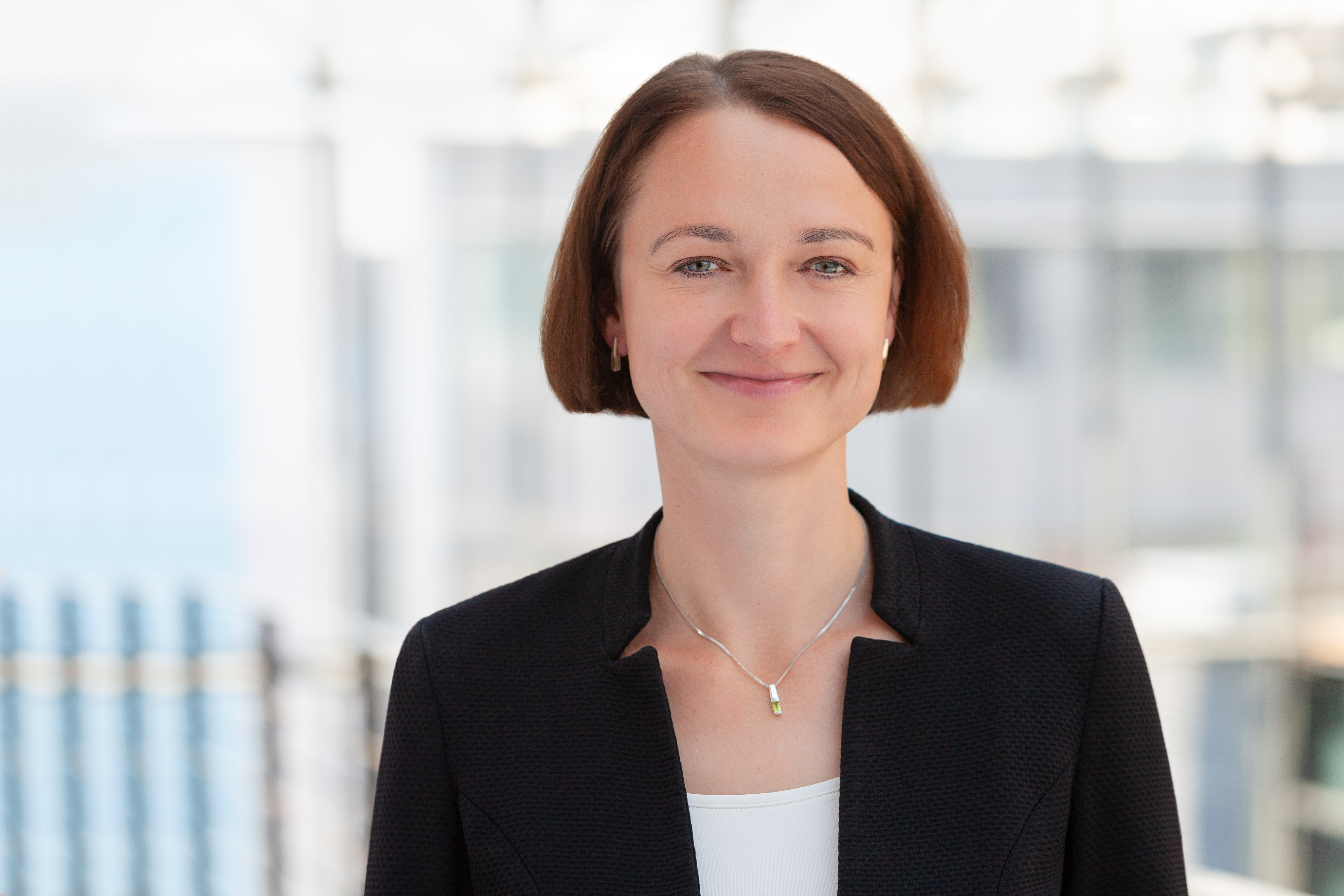
„ZO.RRO presents the future: We simulate & demonstrate a CO2-free energy supply for industrial companies."
Short CV Jana Liebe -Link ThEEN Website
Photo: ThEEN e.V.
ThEEN e.V.: wwww.theen-ev.de
About Prof. Dr. Viktor Wesselak
Professor of Regenerative Energy Systems and Vice President for Research and University Development at Nordhausen University of Applied Sciences, Project Manager ZO.RRO II State Project
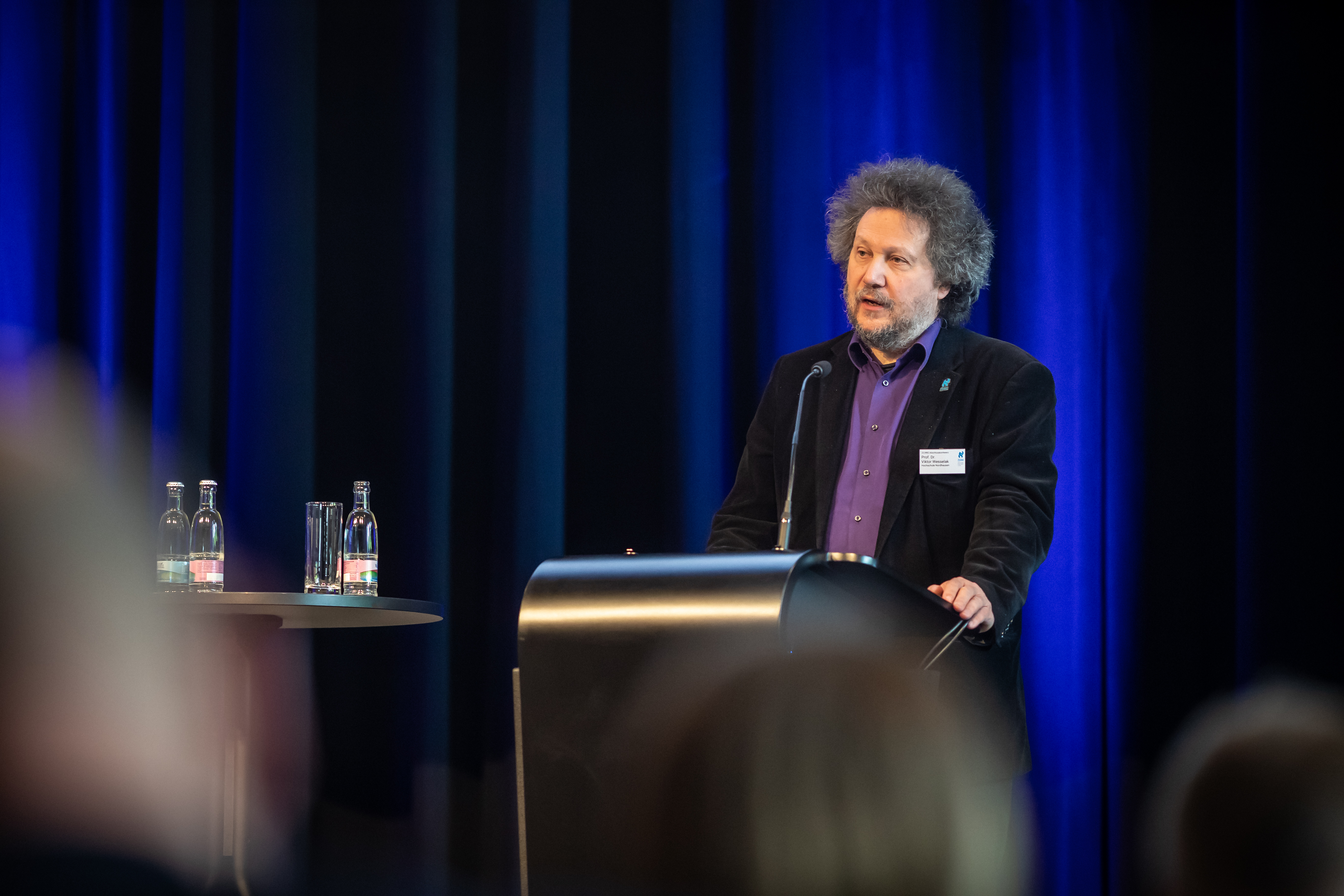
„The future belongs to renewable energies.“
Short CV Prof. Dr. Viktor Wesselak – Link Website HSN
Photo: ThEEN e.V. 2022 / ZO.RRO Final Conference
Institute for Regenerative Energy Technology (in.RET): hs-nordhausen.de/forschung/inret


